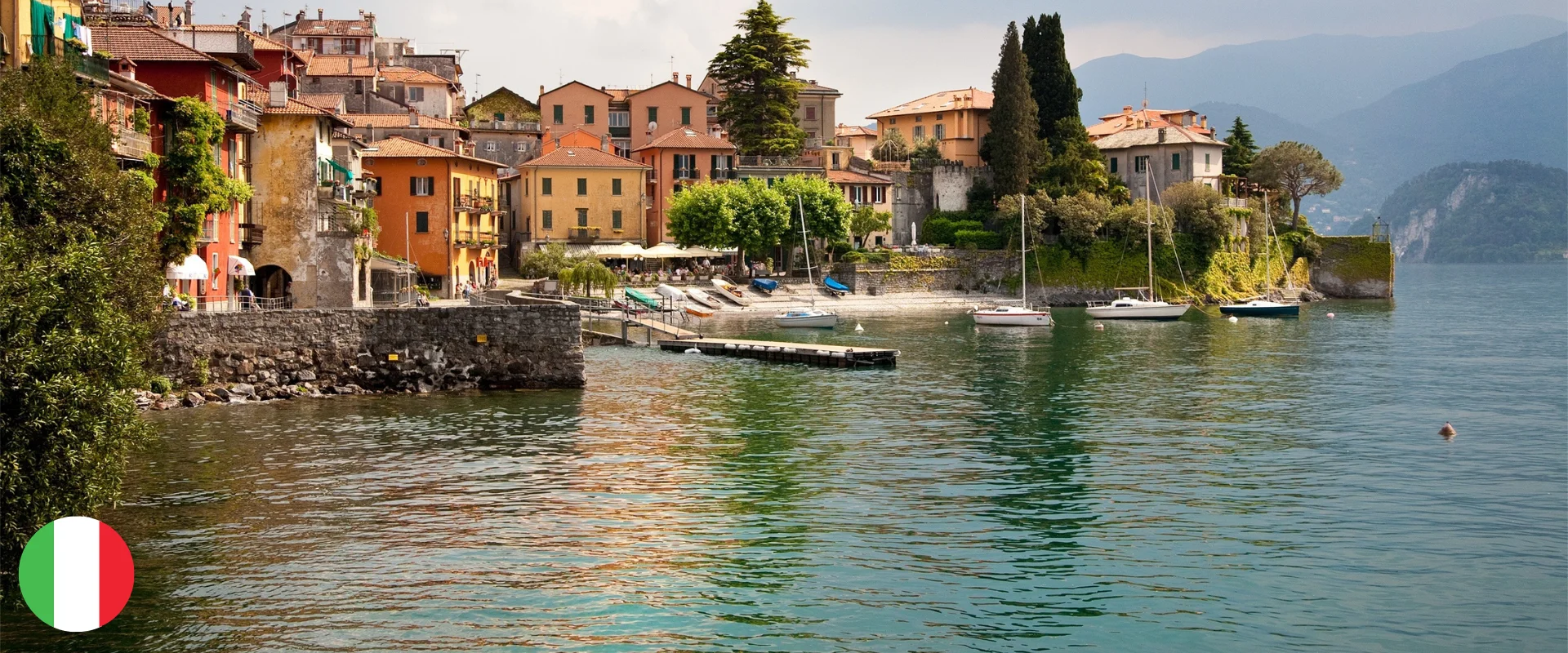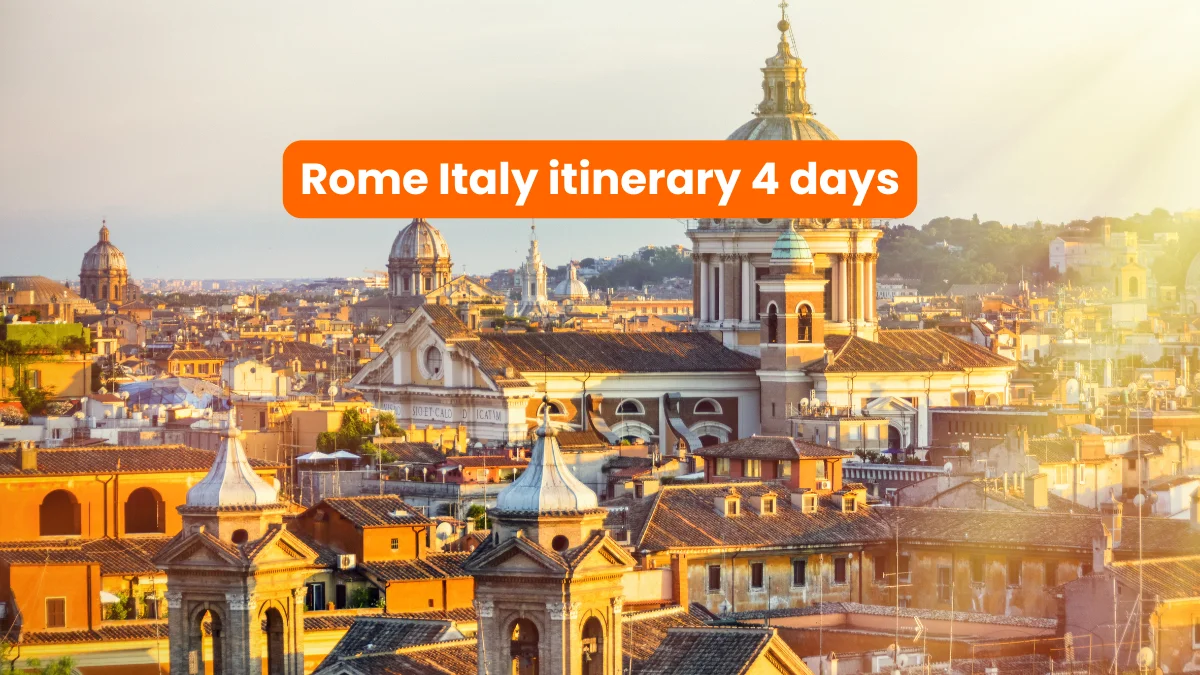As traditional festivals celebrate Italian artistry, cuisine reveals a delectable narrative manifesting the nation’s cultural essence. By traversing Italy’s culinary landscapes, visitors indulge in diverse regional flavors that transcend gastronomical pleasure into rich cultural experiences.
Northern: risotto, polenta, truffle dishes
In Northern Italy, culinary traditions honor rich flavors and influences from bordering regions:
- Risotto Creations: Creamy and savory, Risotto alla Milanese and other varied risotto dishes incorporate aromatic ingredients like saffron, showcasing Italy’s love for hearty meals.
- Polenta Versatility: This corn-paste staple graces Northern tables frequently, either as a robust main or an accompaniment to stewed meats and robust sauces.
- Luxurious Truffles: Piedmontese dishes often feature truffles, prized for their unique scent and taste that transforms pasta into a luxurious delicacy.
Localized traditions highlight Northern Italy’s sophisticated tastes and culinary innovation.
Central: pasta, olive oil, pecorino
Central Italy’s culinary ethos centers around simplicity, freshness, and quality:
- Pasta Specialties: Iconic recipes like cacio e pepe and carbonara delight senses with Lazio’s Pecorino Romano and prime local ingredients.
- Olive Oil Excellence: Prominent in Tuscan hills, extra virgin olive oil adds robust flavor and health benefits, elevating various dishes.
Central Italy celebrates the essence of indigenous ingredients, crafting dishes resonating with timeless elegance.
Southern: pizza, seafood, citrus
Southern Italy’s cuisine bursts with color and flavor, favored by abundant local produce:
- Authentic Pizza: As the birthplace of pizza, Naples reigns supreme with wood-fired, thin-crust creations topped with sun-ripened tomatoes and fresh mozzarella.
- Fresh Seafood: Mediterranean offerings form cornerstones of coastal cuisines, enhancing recipes like spaghetti alle vongole with freshness and vitality.
- Zesty Citrus: Iconic Sicilian lemons and limoncello liqueur capture the vibrant zest characterizing Southern Italy.
These elements imbue Southern culinary creations with joie de vivre, exemplifying hospitality and effervescent flavors.
Local specialties and must-try dishes
Distinct regional specialties encompass Italy’s varied culinary palettes, offering sensory journeys rife with cultural discovery:
- Neapolitan Pizza: UNESCO-recognized for its cultural significance, this must-try embodies the art of simple yet perfect preparation.
- Bistecca alla Fiorentina: Central Italy’s indulgent steak tradition spotlights the richness of Tuscan cuisine.
- Arancini and Cannoli: In Sicily, stuffed rice balls and crisp pastries filled with sweet ricotta embody regional flavors.
Immersing in these culinary treasures enriches every Italian expedition, transcending mundane meals into cultural artifacts.
Aperitivo culture and gelato breaks
Italy’s dining rituals include the cherished aperitivo, echoing relaxation and camaraderie:
- Social Ritual: Aperitivo initiates the evening menu, inviting guests to unwind with small bites (stuzzichini) and drinks like Aperol Spritz shared amongst friends.
- Gelato Indulgence: Complementing savored meals, Italian gelato’s creamy texture and exquisite flavors deliver refreshing dessert experiences unique to each region.
These customs engrave themselves upon Italy’s cultural identity, embodying the essence of Italian leisure and culinary artistry.



